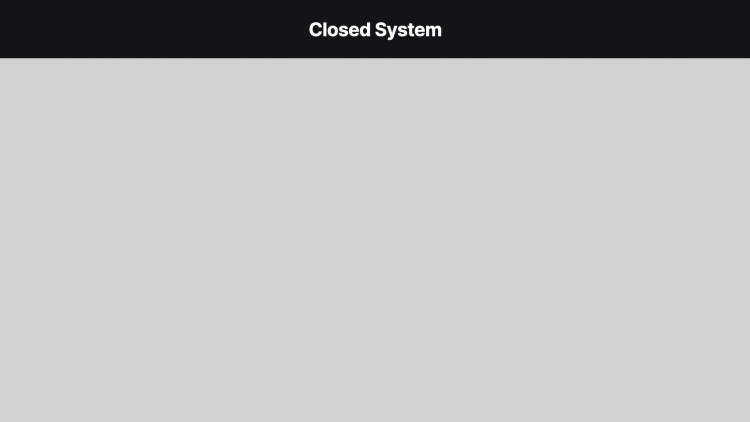Mateo-Woodburn v. Fresno Community Hospital
Court of Appeal of California
221 Cal. App. 3d 1169, 270 Cal. Rptr. 894 (1990)
- Written by Craig Conway, LLM
Facts
The anesthesiology department at Fresno Community Hospital (FCH) (defendant) operated as an “open staff,” meaning the anesthesiologists practicing at FCH were independent and competing entrepreneurs with medical staff privileges at the hospital. As a result of the “open staff” system, miscommunication among physicians and staff increased, scheduling delays increased, and other deficiencies led to concerns regarding patient safety. The FCH Board of Trustees made a determination to go from an “open staff” system to a “closed” system. Under the “closed” system, FCH agreed to close down the anesthesiology department and to contract with Dr. William Hass to deliver all anesthesia services to the hospital through individual contractual agreements with anesthesiologists. Under the terms of the FCH-Hass agreement, Hass had authority to select physicians and regulate the physicians’ hours. Seven of the thirteen anesthesiologists signed the contract with Hass, five refused to sign, and one was not offered the opportunity to sign later testified that he would not have signed the agreement if it had been offered. The five physicians, including Mateo-Woodburn (plaintiffs), filed suit against FCH and others challenging the Board of Trustees’ decision and alleging that their medical staff privileges were unlawfully terminated, modified, or curtained. Trial court found for FCH and the physicians appealed.
Rule of Law
Issue
Holding and Reasoning (Brown, J.)
What to do next…
Here's why 899,000 law students have relied on our case briefs:
- Written by law professors and practitioners, not other law students. 47,000 briefs, keyed to 994 casebooks. Top-notch customer support.
- The right amount of information, includes the facts, issues, rule of law, holding and reasoning, and any concurrences and dissents.
- Access in your classes, works on your mobile and tablet. Massive library of related video lessons and high quality multiple-choice questions.
- Easy to use, uniform format for every case brief. Written in plain English, not in legalese. Our briefs summarize and simplify; they don’t just repeat the court’s language.





